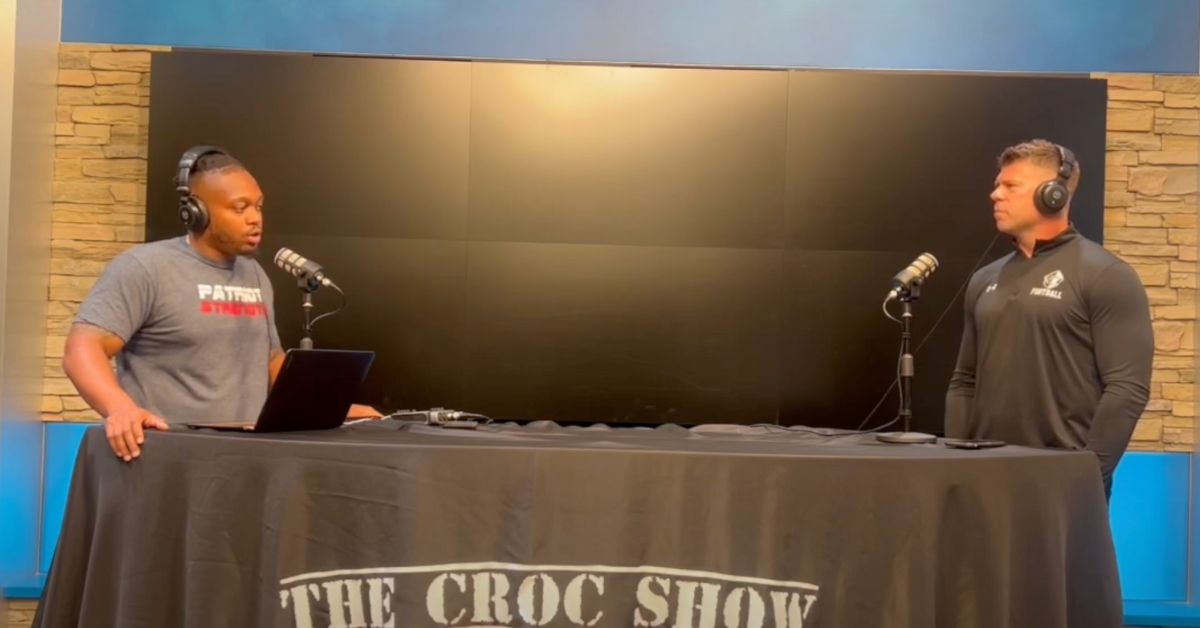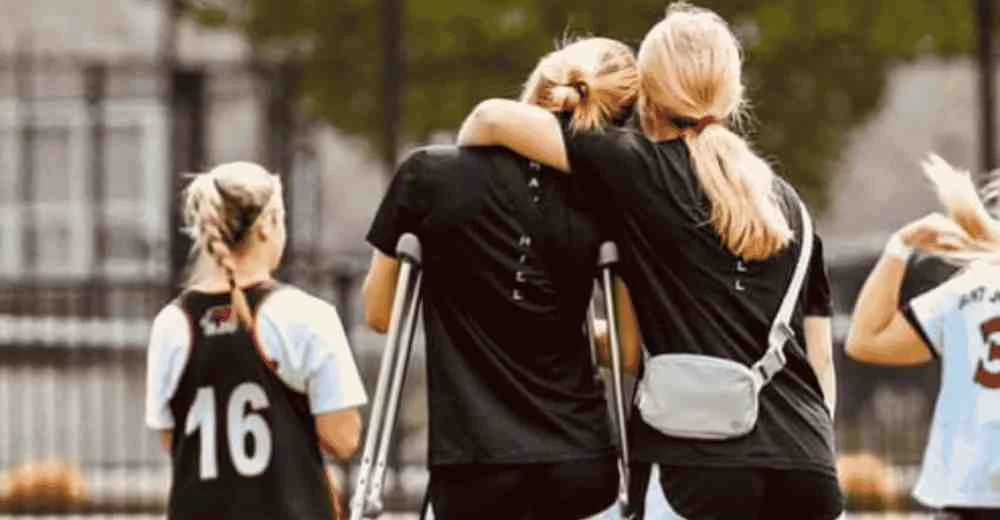“Sometimes it’s messy. Messy doesn’t mean unsafe. It doesn’t mean doing things they’re not prepared for…but if everyone looks picture-perfect doing everything and they’re not straining, then it’s probably too easy. You’re either not challenging them physiologically or not challenging them skill-wise.”
Scott Salwasser, Director of Athletic Performance at Bishop Lynch High School in Dallas, Texas, joins Coach Croc to continue a short conversation about issues worth addressing in strength and conditioning. Following their previous conversation on lazy programming, here Coach Croc and Coach Sal tackle the problem of coaches programming sessions as video shoots for social media vs. focusing on the training itself.
If everyone looks picture-perfect doing everything and they’re not straining, then it’s probably too easy. You’re either not challenging them physiologically or not challenging them skill-wise, says @CoachSSal. Share on X“What is your motivation? If it’s to highlight the kids’ effort and some outstanding performances or to make them shine, great,” Coach Salwasser explains. “But if the stuff you’re showing you just programmed for Instagram, then we got a problem.”
Coach Salwasser explains that he is largely focusing on salaried public sector coaches working with school teams and not private sector coaches who have a business to promote—and within that, he warns against assuming that coaches who are prolific with online content are the most influential in the field relative to more experienced coaches who may have a smaller online footprint.
“If (a video) looks good, it doesn’t mean your program is good,” Coach Salwasser says. “And if it looks bad, it doesn’t mean your program is bad.”
Video 1. The Croc Show featuring Coach Scott Salwasser.






